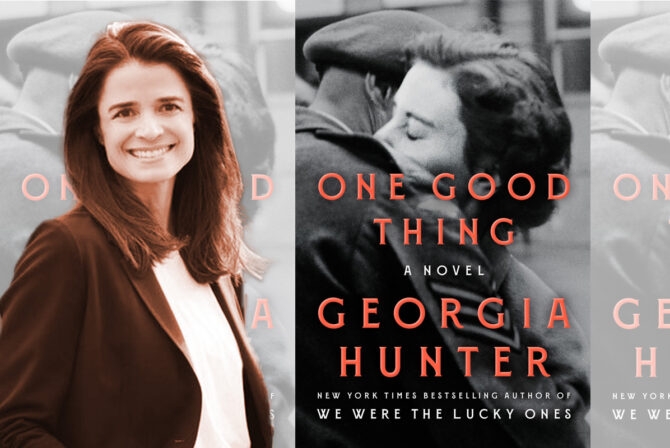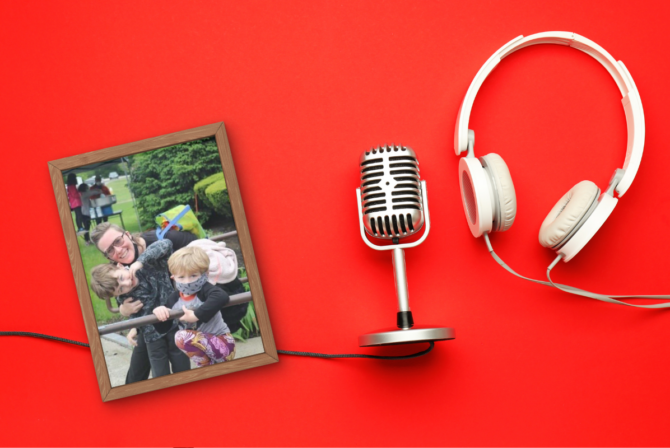There’s one part of the Passover seder that I wait for every year. As we dip our fingers into our wine 10 times for each of the 10 plagues, I gear up for my explanation of this ritual. It’s become a bit of a joke amongst our friends and family. “And now, I direct your attention to the top left corner of the table where Emily will commence her explanation of why we remove wine from our glasses…” Here goes.
As with everything in Judaism, there is more than one explanation for why we do this but I particularly like this one: We remove wine from our glasses because we are symbolically reducing our joy. We aren’t gloating at the suffering of the Egyptians, we aren’t celebrating their misery, we are instead incrementally reducing our own celebration by taking drops of wine from our glasses. There’s a beautiful humanity to that act, an acknowledgement that although Passover is a holiday very much about our tribe and the development of our group identity through this foundational narrative, we also find a place at the climax of the story to identify with our enemies, to recognize their humanity, and to be in solidarity with their suffering. It’s everything I love about Judaism, wrapped up in one brief, somewhat unsanitary, iconoclastic ritual.
The Purim narrative, however, doesn’t leave me with the same warm fuzzies. Another great story, we follow the characters as they struggle to work out how to save the Jewish people in Persia while concealing Esther’s identity as a Jew until the very end. Every year I’m struck by some aspects of the story. Here’s an intermarriage (shocker) that leads to the rescue of our people. Here’s a woman who makes a very male-centered system work for her as she finds ways to be heard. Here’s a description of Jewish life lived with integrity while surrounded by non-Jews.
And it was written by a woman! Pretty relevant stuff.
The story has me hooked until the end, when King Ahaseuros orders that Haman and his sons be killed. At that point, it loses me. I can wrap my head around the death of Haman, I can even understand the death of his 10 sons, but then the story takes a turn towards revenge and I get very uncomfortable. Eight-hundred men killed in Shushan and 75,000 more in the rest of Persia—then the Persian Jews rested and feasted, celebrating their victory.
I’m not sure how to understand these numbers, how to wrap my head around what seems like gratuitous killing, even under the circumstances. It goes against what I understand to be the primary Jewish value—a respect for life, even the lives of our enemies. So every year I sit through those passages and grit my teeth. I try to find commentaries that make sense of it, but so far I’ve come up empty.
As of yet, my best explanation is that these parts of the story are, like many commandments, chukim—they transcend logic. Maybe the end of the story is there to remind us of how little we truly understand, to keep us humble, questioning, and alert. What, after all, is more Jewish than asking questions, remaining in a perpetual state of uncertainty, fulfilling mitzvot that seem abstract and arbitrary, but in which we are called to find meaning?
Read More:
6 Jewish Baby Names for Girls You’re About to See More of This Year
We Weren’t ‘Jewish Enough’ Until My Dad’s Death Brought Us Together
Don’t Worry—All The Other Moms Are Faking It Too







